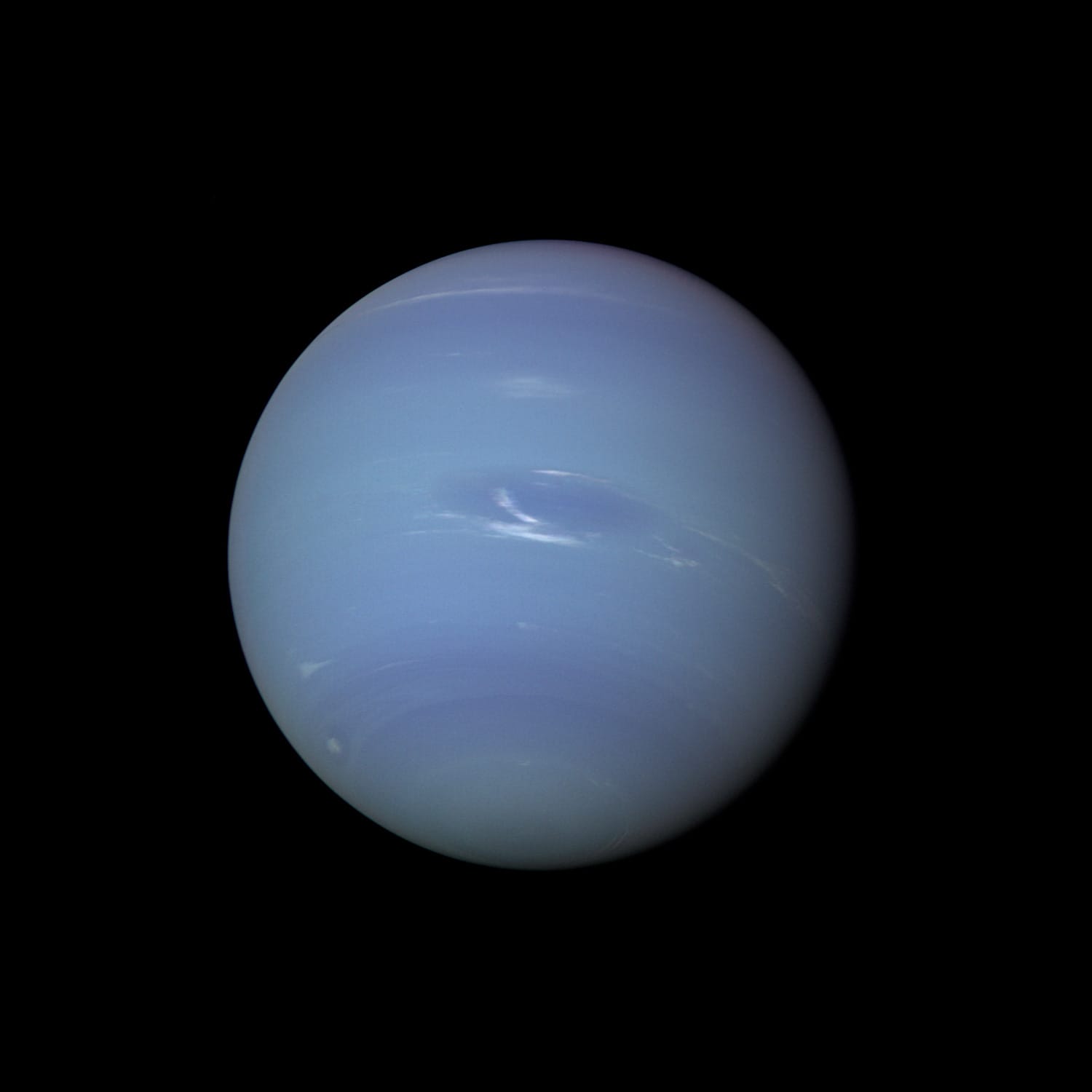Some Neptune tidbits

Here are some more interesting bits I came across when I wrote an article on Neptune.
- The European Space Agency is investigating two ways to explore the ice giants. One is a Uranus orbiter, which will be solar-powered, and not nuclear—a bold move. And the other is contributing to a NASA mission, much like Cassini, which includes building a Triton lander!
- NASA proposals and studies for missions to any of the ice giants highly recommend carrying an instrument never flown on a spacecraft before––a doppler imager. Much like how seismic waves on Earth reveal our planet’s interior structure, a doppler imager can note atmospheric oscillations in the upper atmosphere to characterize motions happening deep in the interior of these ice giants.
- Plumes of nitrogen erupting from Neptune’s moon Triton tower as high as eight kilometers.
- Just as its cousin Uranus, Neptune gets its blues from traces of methane in its upper atmosphere, which absorbs red light. However, Neptune's vivid azure differs from Uranus' milder cyan. Since both planets have similar methane content, scientists think some unknown atmospheric constituent contributes to Neptune's color.
- Neptune’s second largest moon Proteus is as large as a body of its density can be without being pulled into a spherical shape by its gravity. Size doesn’t matter, mass does.
